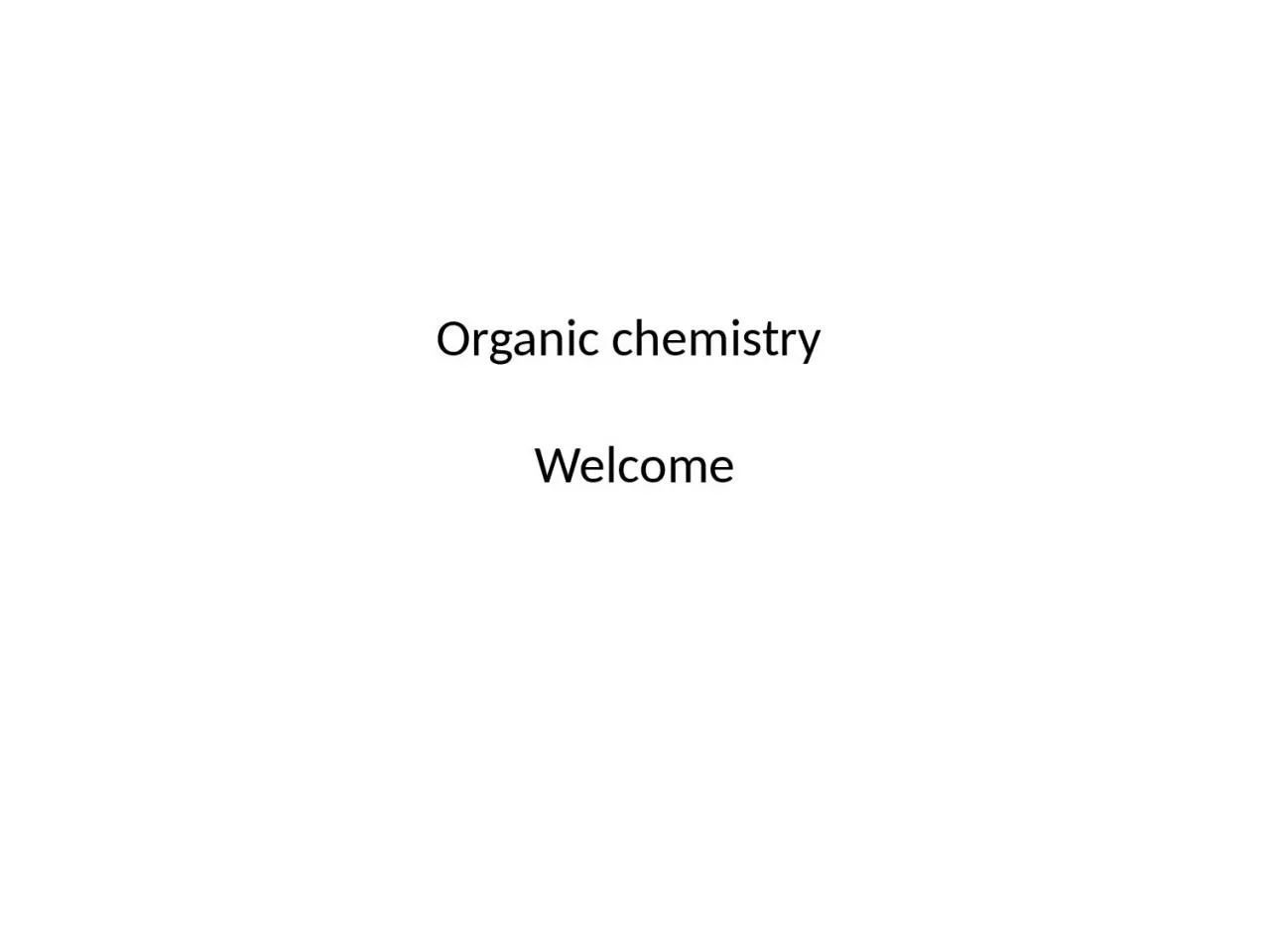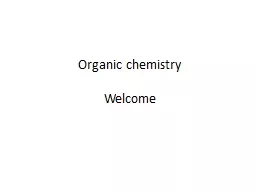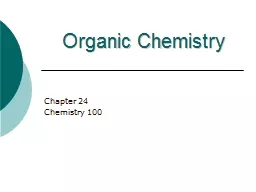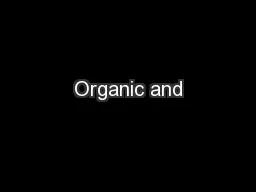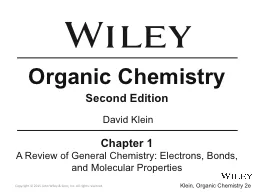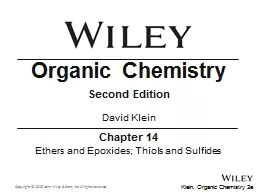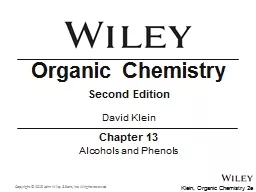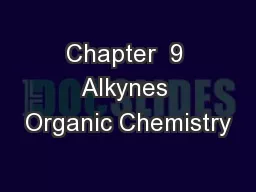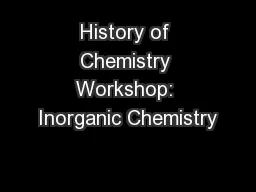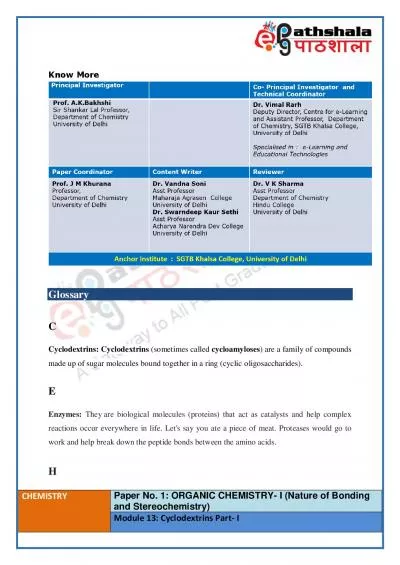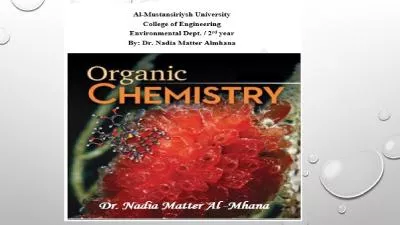PPT-Organic chemistry Welcome
Author : layla | Published Date : 2022-06-15
Questions 1 octet rule Lewis dot structures Covalent bond In which main group do you find carbon E lectronegativity Electronegativity See p 8586 Where to go for
Presentation Embed Code
Download Presentation
Download Presentation The PPT/PDF document "Organic chemistry Welcome" is the property of its rightful owner. Permission is granted to download and print the materials on this website for personal, non-commercial use only, and to display it on your personal computer provided you do not modify the materials and that you retain all copyright notices contained in the materials. By downloading content from our website, you accept the terms of this agreement.
Organic chemistry Welcome: Transcript
Download Rules Of Document
"Organic chemistry Welcome"The content belongs to its owner. You may download and print it for personal use, without modification, and keep all copyright notices. By downloading, you agree to these terms.
Related Documents

